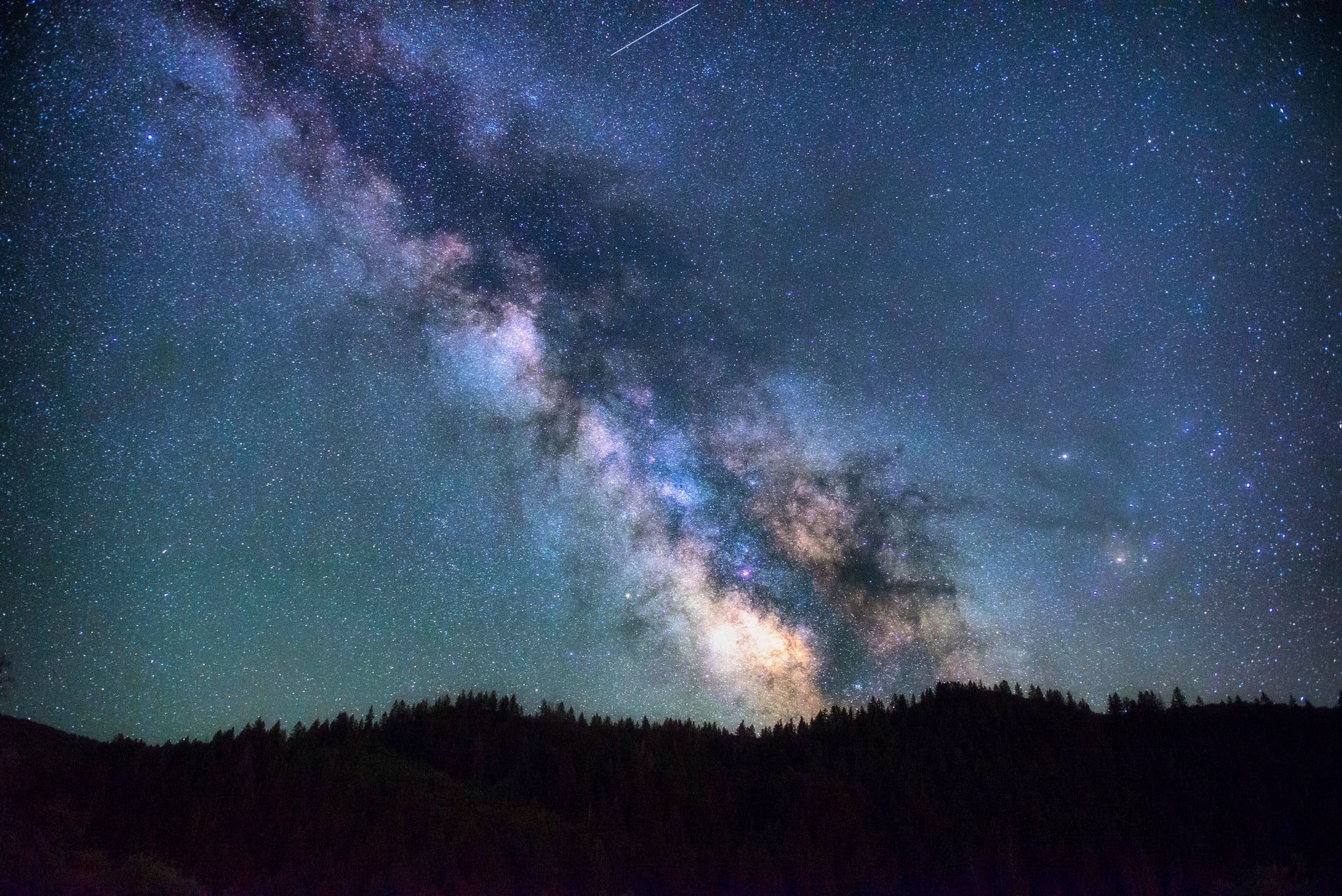Paul D. Maley

Paul Maley’s enthusiasm for astronomy led him to a remarkable four-decade career as a NASA/Johnson Space Center flight control engineer, providing mission support for the Apollo Moon landings, Skylab, and fourteen Space Shuttle missions, as well as years spent supporting the International Space Station. He is a collaborating author of multiple peer-reviewed papers appearing in top scientific journals including Nature, the Astronomical Journal, Astronomy and Astrophysics, and others. Paul is a brilliant communicator whose educational outreach in the service of scientific discovery and exploration include numerous space and astronomy related seminars, talks, and media appearances. His astronomy photographs have appeared in National Geographic, Aviation Week and Space Technology, Discover, Sky and Telescope, Astronomy, etc. He was also elected as a Fellow of the Royal Astronomical Society in 1975.
Paul has been a member of the NASA Johnson Space Center Astronomical Society in Houston, Texas for the past 52 years. In 1976, he conceived and developed the public outreach arm of the Society called Ring of Fire Expeditions. Since then, Paul has created and led 48 eclipse expeditions to 40 countries/oceans and 21 trips to Alaska to show other amateur astronomers the Northern Lights. He has personally viewed 78 partial, annular, and total eclipses of the Sun, more than any person living or dead. He has traveled to 297 countries, territories, and islands, making astronomical observations all over the world. This includes 2 transit of Mercury expeditions and 2 transit of Venus expeditions.
Paul has contributed observations for 507 asteroid occultations to date and served as the vice president of the International Occultation Timing Association (IOTA) from 1983-2013. He has traveled to India several times donating equipment and assisting local amateur efforts in Pune to begin an asteroid occultation program. Over the past 10 years he has supported IOTA Middle East section activities and during the pandemic presented an Instagram lecture to 173 students in Iran.
Perhaps his crowning achievement was derived from an accidental observation of a secondary occultation during the eclipse of a 3.6 magnitude star by the asteroid 6 Hebe. Although the occultation was observed by multiple observers in Mexico, Maley observed a brief occultation near Victoria, TX in March 1977. This led to a joint paper published soon after by David W. Dunham where they theorize the existence of natural satellites in orbit around asteroids. Essentially this was the precursor to the discovery of the very first binary asteroid (Ida) photographed by the Galileo spacecraft in 1994. As a rare honor, one such binary asteroid, 27675 Paulmaley, was named after him in 2019 at the 5th Workshop on Binaries.
